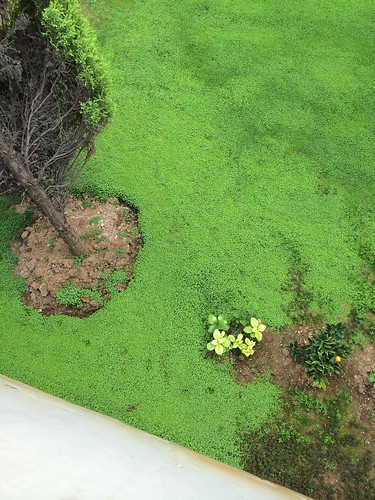The hiking movement to reclaim green spaces
Green #Green

“It was a summer day, and we ran out of water,” Guadalupe remembers. Her friend injured her knee. The women stopped frequently, taking pictures and doing yoga, and were caught out when darkness fell while they were still on the trail. “But we made it out. We survived. I learned a lot that day.”
When Guadalupe posted on social media about her experience, other friends asked to come along next time.
“I’m privileged in that I have a car,” she says. “But a lot of people in New York don’t.”
She began taking people out in her car, until demand was so great she needed to rent a bigger car. “Then I needed a bigger van, so I rented a 15-passenger van,” she says. And so, the walking group the Hood Hikers was born, dedicated to be “a safe space in nature for all black and brown folks, regardless of gender, income bracket”.
You might also like:
A lack of physical proximity to green spaces isn’t the only hindrance. In the US, historical beliefs of parklands being mainly for white people live on, some researchers argue, in the views of park users today. Experiences of racism and issues of exclusion mean not everyone feels equally welcome in urban green spaces – or in rural ones.
KangJae “Jerry” Lee, is an assistant professor in the department of parks, recreation and tourism management at the University of Utah, and his research has explored, among other things, why African Americans are far less likely to visit nature-based recreation areas than white Americans.
“There’s no doubt that the devastating effect of historical racism, racist decisions in the past, still lingers in today’s society,” says Lee. There has been an “astonishingly consistent” historical pattern in how indigenous people and people of colour have had their access to the outdoors “curtailed by rich and influential white environmental leaders”, he says.
National parks in the US, such as Yosemite, Yellowstone, and Glacier National Park, “were created through Euro-Americans’ genocide committed against indigenous peoples”, Lee says. “While many white Americans celebrate national parks as symbols of national identity, patriotism, and nature conservation, many indigenous peoples and Native Americans see them as sites of oppression and humiliation.”
It’s something Guadalupe is aware of too, noting the “volatile” history of the outdoors for people of colour. “Not only were black people excluded from it, but it became associated with violence against them. They were lynched in nature… You didn’t want to get lost in in a forest where it was literally dangerous.” The theft of indigenous peoples’ land has also left its lingering mark, she believes. “This still kind of permeates today,” says Guadalupe.
It’s a legacy that compounds the issue of green spaces being less physically accessible. “There’s obviously inequal access and exposure to nature in a city,” says Keun Park, assistant professor of urban forestry at the University of British Columbia, Canada. “And that’s a problem. Because the benefit that nature can give us is universal.”
Those benefits can be profound – including improved cognitive function, blood pressure, mental health, physical activity and sleep. The benefits that we derive from nature, says Park, apply across all different age groups, genders, ethnicities and socioeconomic statuses.